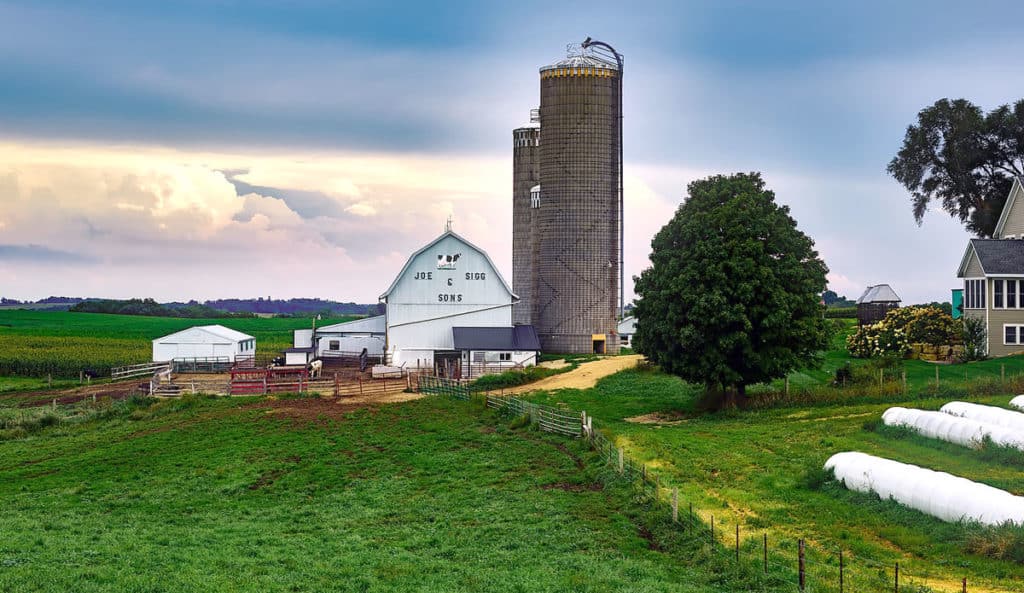
Having a self-reliant life takes deliberate intention that begins right where you are right now. So it’s not necessarily all sacrifice as much as having a mindset of being a free and independent thinker.
Living off the grid in modern America is more than just not connected to the main grids such as power, water, sewer, and possibly natural gas. It is also a lifestyle of being self-sufficient. It’s more dependent on your skills and abilities and less on others. It is becoming more independent and less codependent.
However, it’s pretty hard not to be on a small grid such as a cell phone or an internet grid. These have become such a necessity in today’s way of living that they’re hard to get away from them. Cell phones and internet grids can be advantageous, especially for those living rural or remote.
This article assumes people are looking to move away from larger metropolitan areas or any “in town” situation.
However, if you’re unable to move yet, it is possible to start living self-sufficient right where you currently live. Unfortunately, living in a governed community isn’t easy to get “off-grid.” But, you can begin living self-sufficient by practicing on a smaller and simpler scale.
From research and personal experience, here are twelve basic needs for becoming self-reliant, going off-grid, and succeeding.
1. To Live a Self-Sufficient Life Earning Income Will Be Helpful
Earning some income can vary incredibly by your region and circumstances. Those who have planned out their self-sufficient lifestyle might very well be they don’t need any additional income other than what they’ve saved and invested.
Some might need to consciously think of ways to earn income to maintain this same lifestyle through various routes from their land or homestead. Then others are bold and willing enough to attempt living this type of lifestyle and hold down a job of some kind at the same time.
Since the COVID-19 pandemic, the option to work from home has become a familiar mainstay of the modern workforce.
Money is necessary to purchase land, have shelter, and start producing your food and general needs such as tools and appropriate clothing.
Becoming self-reliant and off-grid does not mean you won’t need to purchase things; you’ll need to keep things moving forward.
2. For Self Reliance- Having Land for Gardens, Animals, and Structures are Necessary
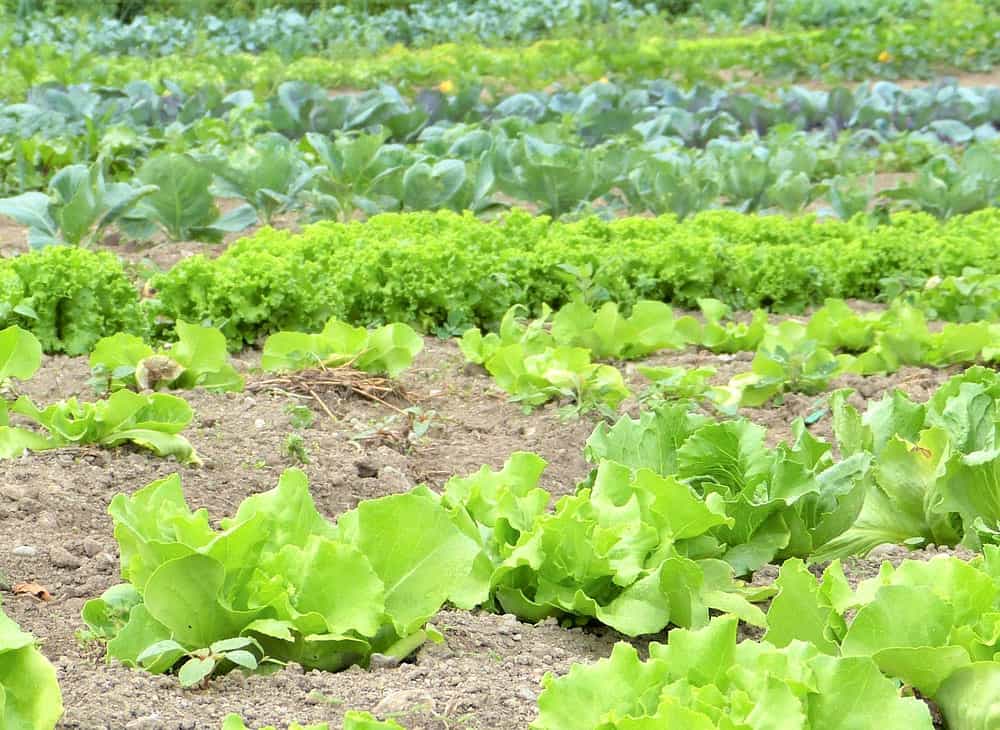
To live self-abundant on or off the grid, you’ll need a place you can call home with enough room to gather items to survive and be comfortable.
It’s tough to support yourself if you don’t have a piece of property where you can set up more permanent structures rather than just a popup tent, bushcraft shelter, or travel trailer. Also, procuring land might take a little bit of time and planning.
Land, garden space, living structures, and animals are the foundation of your self-reliant lifestyle.
Usually, the more remote you go, the more acreage you can buy with your money. You may even have to consider locating in an area where land is cheaper.
Although it doesn’t take a lot of property, the larger the parcel you can choose, the more land-use you’ll have to do some of the following.
- Have an open area exposed to the sun during summer and winter equinox throughout the day.
- A large area for planting a garden or gardens for a food source.
- A way to store the foods you’ve grown and gathered—something like a cellar.
- Gather and store wood for the woodstove or boiler.
- A place for chickens.
- Pasture if you’re going to have a cow, goats, or pigs.
- Depending on what animals you’ll raise for food, you could need a small or full-sided barn to house said animals and the necessary animal feed.
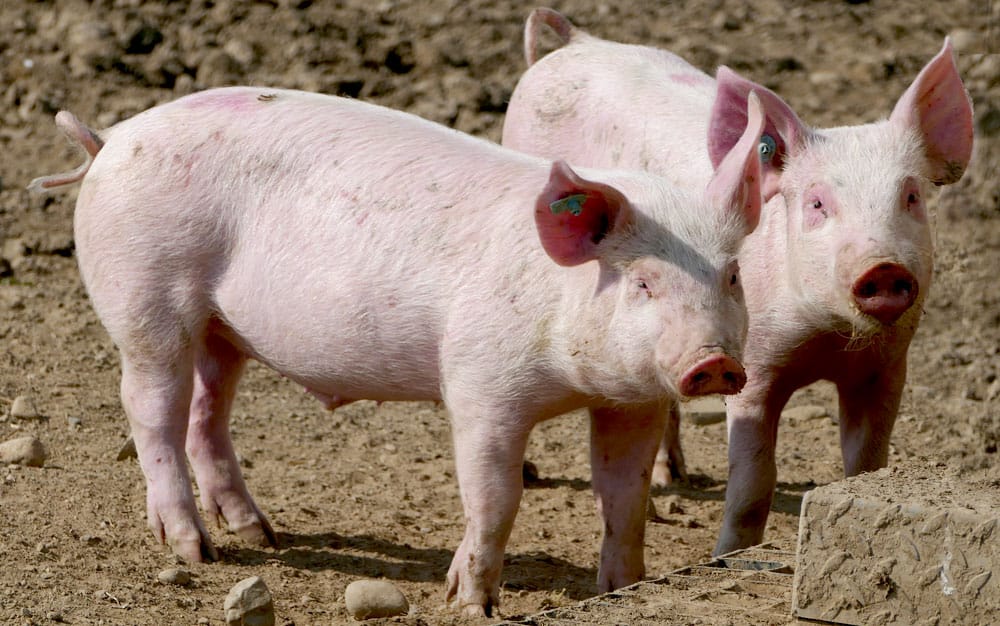
3. Living Self-Reliant Means Having No Debt and Controlling Debt
Part of living a self-reliant lifestyle is being debt-free. Unfortunately, in America, it’s not that simple, primarily due to the cost of the property, both personal and real property, not to mention inflation. However, it is not impossible as many do it with more jumping on board each day.
A plan and a budget will act as a road map to your goal. However, following a financial map will require a lot of discipline by each individual within a family; otherwise, it won’t work.
There is a ton of information on the internet that talks more in-depth about becoming debt-free and maintaining a budget.
Everyone needs to be on board and willing to do their part. Once out of debt, it’s essential to maintain a budget and plan to stay out of debt.
4. Shelter Is an Important Basic Human Need
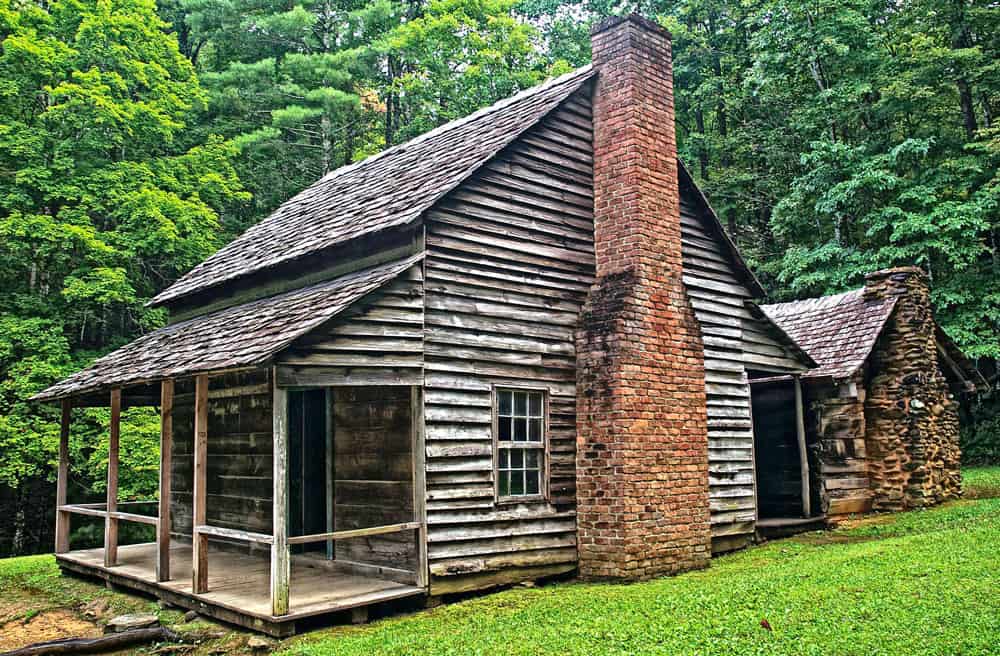
If the property you end up with does not have a cabin, cottage, or other types of accommodations, then this is something to be strongly considered.
An RV, travel trailer, or popup tent will work as a temporary shelter while a more permanent structure gets planned and constructed.
5. What Tools and Equipment Will You Need to Learn For Remote Living?
Living off the grid and being self-reliant means doing a lot of the work yourself. You’ll need many tools and other equipment to do these things yourself.
Learn how these tools work and practice as time and needs arise. If nothing else, you could watch videos on the uses of various tools and equipment. Some examples of tools and equipment could include but not be limited to,
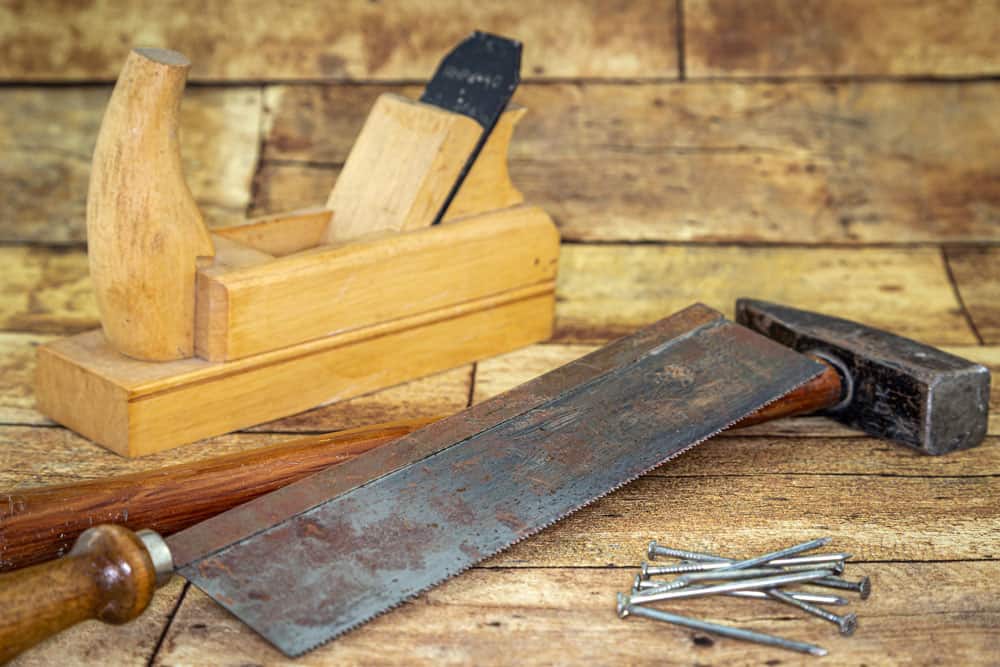
- Ax
- Chainsaw
- Hand saw
- Hand tools like screwdrivers, pliers, wrenches, ratchet with sockets, tin snips, and wire cutters.
- Shovels
- Posthole digger
- Rakes
- Rototiller
- Tape measure
- Tractor
- Tractor implements
- Hand tools for wood such as,
- A hammer
- Hand saw
- Hand plane
- Clamps
- A Vise
- Level
- Power tools such as,
- Drills
- Hand circular saw
- Disc sander
- Flat sheet sander
- Grinder
6. More Knowledge Will Make Self Reliance Easier
There will be varying tasks to understand to succeed at becoming self-reliant. These tasks can include planting a garden, maintaining equipment, felling a tree, maintaining a vehicle, something more extensive like building a barn or outbuilding to store tools and implements, or even keeping animals out of the weather.
While preparing to leave the modern conveniences of living in a populated community, gather as much information as possible, print it off, copy it, or purchase the resource for future reference. Then, start learning and applying the knowledge you’ll need to become more self-sufficient.
Try getting away from your dependency on cloud storage and instead use your own storage devices or build a library of books and other resource materials. Then, test out newly learned skills from these resources in any way possible.
If you live in town or the city, go out into the great outdoors and practice. Here are just a few things you could learn and practice outdoors if you don’t already know.
These are only suggestions and are not necessarily required. However, performing some or all of these can boost your confidence.
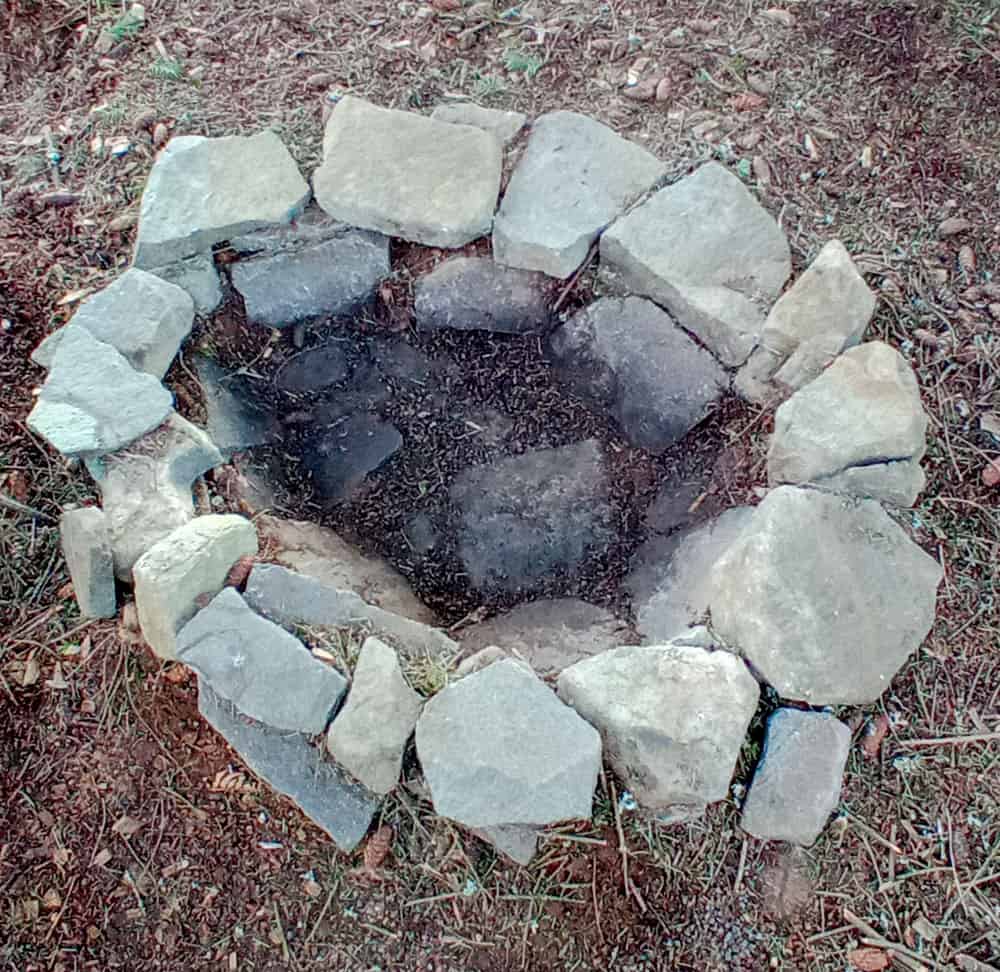
| Something to Practice | Suggested Description of How To Practice |
| Build a fire pit | In your backyard, gather essential tools like a shovel and some rocks to learn how to build a basic fire pit in the ground. |
| Build a Fire | There are many ways and many types of fires you can practice building. Make sure you do it safely and keep water or a fire extinguisher handy in case something goes sideways. Practice building fires in a fireplace, wood stove, or the fire pit you built. |
| – With matches and lighter | Practice building a fire using only matches as well as a lighter. Build a fire using the teepee and log cabin methods. Try different types of tinder and kindling to find one that works best for you. |
| – With a Ferro rod or flint and steel | Try using a Ferro rod and steel once you’re proficient with your matches and a lighter. At the same time, experiment with different fuels that will ignite quickly. For example, try using a toilet tissue or a cotton ball with some vaseline. My favorite is fatwood which you shave a pile off, and when a spark hits it, you have a fire. Read my article about fatwood here, Is The Smoke From Fatwood Dangerous To My Chimney? Inside this article, you can learn where to find fatwood. |
| – With a friction bow | Using a friction bow is a complicated way to create fire, but if you’re up to a challenge, give it a try. |
| Boil Water | Once you have mastered the art of building a fire, you can start putting the heat from that fire to practical use. First, using a grill, a rock, or a direct bed of hot coals, bring a pot of water to boil. |
| Cook in cast iron | If you don’t already own one, buy one and start practicing cooking over a fire with it. Something simple like eggs is a good starting point. |
| Learn to Navigate (without a compass or GPS) | Learn to navigate using the sun during the day. Then, at night, use the moon and stars to find your way. Check out this website for simple instructions. http://maximumsurvival.net/wilderness-navigation-using-the-sun-moon-and-stars/ |
| Safely Use an Ax and a Hatchet | Learn how to properly handle an ax and a hatchet by observing others using them. Click on the link below to watch a video on the important use of an ax/hatchet. Here’s an excellent video for getting started. |
| Fell a Tree with an Ax (it can be a small tree) | Although not a skill as often needed with modern chainsaws readily available. However, it’s a good skill to know if all you happen to have is an ax. This coming Christmas, go to a tree farm and use an ax to cut your tree this year. Here’s an excellent video to get started with watching. |
| How to Safely Use a Chainsaw | Practice using a chainsaw to cut firewood. Although chainsaws are dangerous, always wear safety gear when operating. If you don’t have or can’t afford one, consider renting one for half a day, it’s not that expensive. Or better yet, borrow one from a friend or family member. Here’s an excellent place to start learning. |
| Knot Tying | There are lots of websites that can show you how to tie knots. Visit animated knots to get started with some basic knot tying. |
| Tool Sharpening | Safely learn how to sharpen knives and other various tools. Pocket knife, shovel, hoe, ax, hatchet, or the chain on a chainsaw. Practice using multiple types of files, a wet stone, and a strop where applicable. Go even one step further and learn how to sharpen a handsaw and even possibly a bandsaw blade. |
| How to Work on Your Vehicle | Start working on your vehicle to gain knowledge and experience in this form of self-reliance. Start simple by learning how to change the air filter or wiper blades. Then move up and learn how to change the oil and save yourself some money. |
| Small Garden | All you need is some dirt, seeds, and a cup of some small planting pot. Buy just a couple of seed packets of vegetables you like. Plant a few seeds into your cusp or pot, water, wait and watch them eventually sprout and grow. You can watch many videos to get different ideas for a small garden. |
| Carpentry | Learn basic carpentry by building something like a planter box for a small garden. Or, make small storage shed to store all your tools. Build something you need or can use. The more things you build, the better you’ll get with this skill. |
| Woodworking | Woodworking will give you the skills to build valuable items inside your home or cabin. For example, build shelves, cabinets, and a bench or chair. Woodworking projects are typically finely finished items requiring a stain and a protective coat. |
The idea here is to change your mindset on becoming self-sustainable by being more of a DIYer. (Do It Yourselfer) You can search the internet for any of these topics and find much help in many cases.
7. Alternative Energy Provides a Sense of Empowerment for Yourself
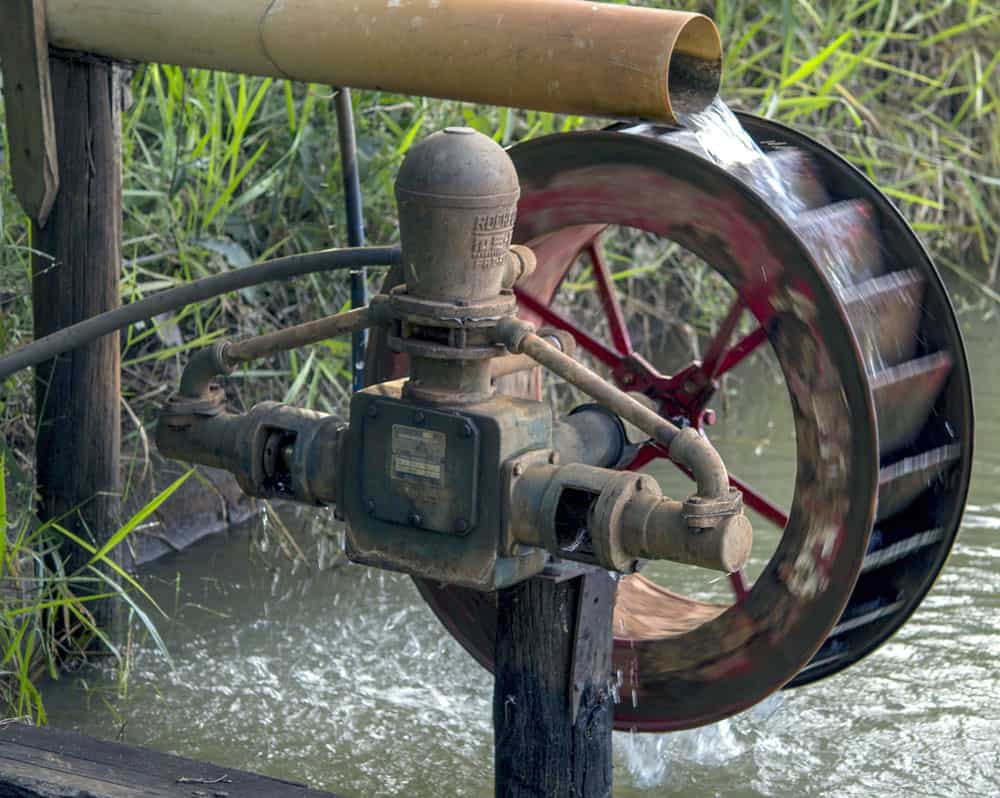
One area of knowledge needed to live off-grid is understanding and installing some form of equipment that will produce electricity if that’s something you choose. Unfortunately, some purest don’t believe you’re truly off the grid if you have electricity.
However, I’ve lived too long in modern society to go entirely without some form of power that will provide basic needs such as battery charging, lighting, a freezer, and a refrigerator.
Besides, living an off-the-grid, self-sufficient life is not a survival scenario; it’s about living your way without depending on “the man” for almost anything.
Energy sources can include batteries to connect directly to them to have a charging and lighting source. In addition, there are many 12-volt appliances on the market these days, including a water pump that can provide a way to pull water from your storage tank to where water is needed.
A simple and relatively inexpensive solar panel with a charge controller can keep that battery charged when sunlight is available. You could even attach a small power inverter that will allow you to plug in 110v AC appliances such as laptops or cell phone charging devices.
For example, I use a 1500-watt inverter to run an air pump to fill my air mattress and operate an LED light to see better at night. I also use it to recharge my battery-powered lanterns and other devices.
There are other less common ways to produce power, such as a wind or water turbine. You’d need to be in an ideal area to use these two sources reliably.
One last way to generate electricity is a generator; however, from my own experience, this is a costly power source. I use them, but I’m constantly spending money on fuel to keep them running.
Plus, maintenance is required every 100 hours of operation on a generator. However, they are great as a backup source to provide power for a solar system and charge your battery or battery bank.
8. There are Options for Your Water Harvesting
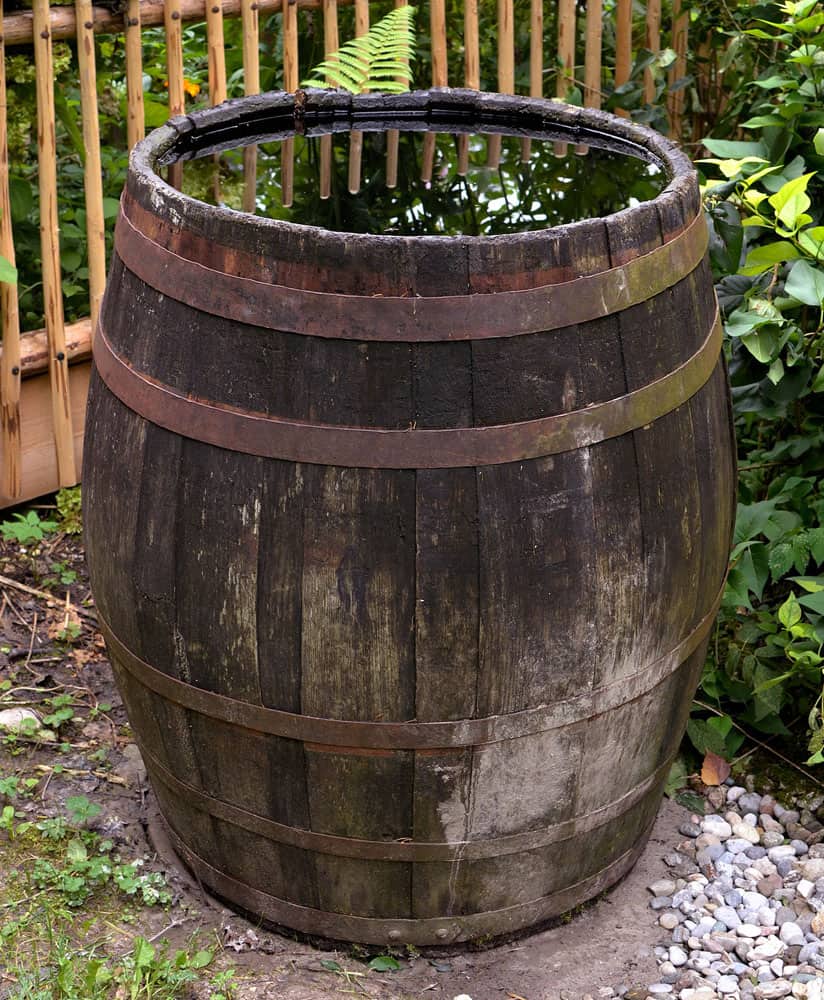
If you do not have a well, then other methods of getting water will need to take place. Here are some water-gathering options.
Drill a well – this is an expensive option but can potentially provide abundant water with little worry for years and years. However, be aware that there are expenses associated with a water well that landowners don’t calculate into their budget. One of these expenses is having your water tested annually and having the pump inspected by a professional. Please read my article, 8 Things To Know About Drilling a Water Well.
Harvesting Rainwater – Check with your local codes and laws regarding this practice; not all states and counties allow this. But if they do, it can be a simple and inexpensive option. This option will significantly depend on the volume of precipitation received in a year in your region. Purchase a few food-grade barrels, some PVC pipe, misc. Fittings connect to your gutter system’s downspout, and you have a water collecting system. Of course, there are some other details you’ll want to consider, like filtering, testing, and transporting.
Existing Water Source – If you’re lucky enough to have a natural creek, river, or spring on your property, you’ll have few worries about water. Besides figuring out a way to safely get it, you can use it, such as a holding tank or cistern.
Hauling Your Water – As a last resort, you can carry it in using a large water tank or water jugs to hold water that you have gotten from a neighbor or friend’s home. There are some places where water is available to the public, such as state parks or campgrounds. You can pay to fill water jugs in some areas for a very nominal fee. Gather up water whenever you can, and then have a barrel or other water storage tank, even if it’s not needed right away.
9. Growing Food Will Only Help With Becoming More Self-Sufficient
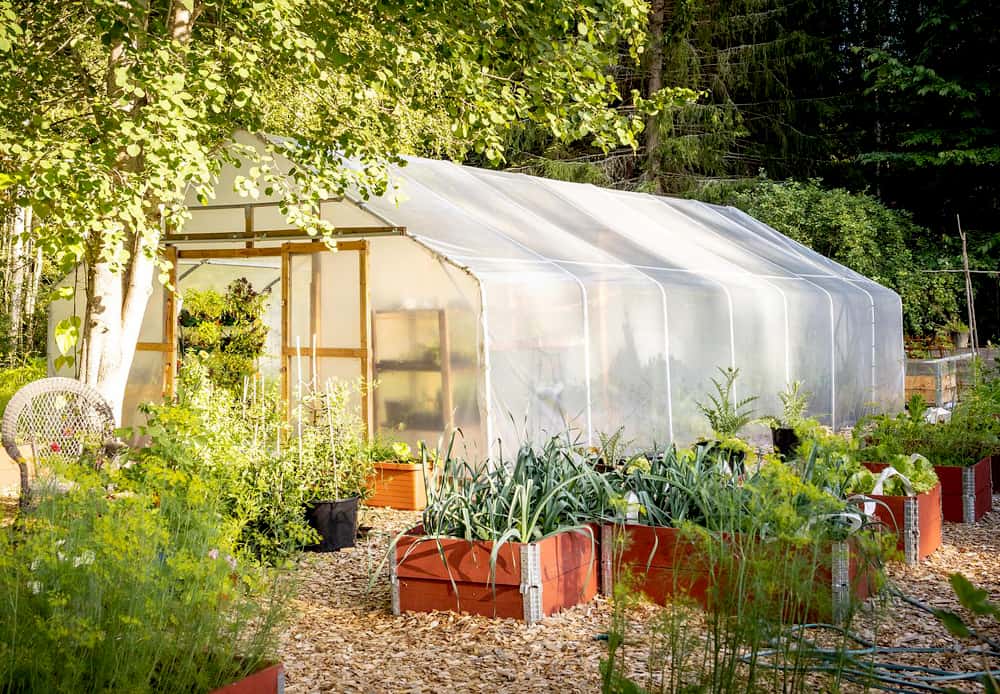
Growing a garden as a primary food source is a viable option but will require a lot of planning and hard work. If done correctly, you could grow year-round depending on your region but may require an indoor growing area such as a greenhouse. Your water needs will increase growing a garden year-round, so calculate this need into your water harvesting requirements.
Don’t forget about fruit trees that will grow best in your region. So you will have fresh fruit and jams, sauces, and dried fruit for the entire year.
Growing food isn’t limited to just a garden or fruit trees. Depending on your location and how much room you have on your property, you could also raise chickens, ducks, rabbits, goats, cows, and even pigs.
Each can produce food of various types, from meat, eggs, and milk. For example, with milk, you can make cheeses and butter. With the right kind of knowledge, you can still produce much of what’s needed to live a comfortable life.
However, even back in the days when farming (homesteading) was prevalent in the U.S., folks still had to purchase or barter for certain foods and other commodities to sustain a healthy diet. In other words, they still require items to buy from a market of some sort because some things can’t be grown.
Simple things like salt, sugar, baking powder, flour, and various cooking oils if butter or lard aren’t readily available.
Along with growing and producing your foods, you’ll need to consider ways to store the “fruits of your labor” safely. So, depending on your circumstances, you might need something simple as jars for canning many of the vegetables and other foods you produce. Or, something like a root cellar can keep vegetables and fruits fresher longer.
10. Can You Gather or Produce Your Own Materials Living Remote?
Living a self-reliant life when living remote will require specific materials. Where will you get these materials? Will you purchase them, or will you be able to produce them?
We are all capable of gathering materials and creating something that will save us from having to purchase it. However, it takes some time, patience, and practice to get to this part of self-reliance.
Are you familiar with metalwork, woodworking, or even welding?

11. Your Awareness of Your Surroundings can Save You Unpleasantries
Knowing your surroundings is crucial because you need to be fully present to understand each situation around you. In addition, to complete jobs and tasks safely, you need to be aware of the risk before jumping in. This concept applies to something as simple as chopping wood to felling a tree.
If you’re not paying attention, you could quickly get hurt or damage equipment that would delay further progress.
Remember, you could potentially be many miles from help, and due to your remoteness, your cell phone may not always have a signal to call for assistance.
Think of possible situations that you could get yourself into and start thinking of ways to avoid them. Or rethink how you might react to any specific situation.
For example, I carried a large log with front forks on my tractor and had to make a semi-sharp turn. As I started making that turn, the tractor felt like it would tip. My first natural reaction was to hit the brakes to slow down or even stop, which would not have helped.
However, I knew it was best to drop that front loader because I’d been in other situations with the tractor.
Doing so meant dropping the log, but it also prevented me from tipping over and possibly creating a terrible day for myself. That didn’t come naturally, though; it came from me practicing awareness.
12. Commitment and Motivation
It’s easy to say you want to live a self-reliant lifestyle. And watching YouTube videos of people already doing it can make it even more enticing and alluring. It’s a freedom that many people dream about—a way to escape the rat race of modern society.
Don’t be fooled, though; it’s some of the most challenging types of work that many have not ever experienced. But, it’s a conscious lifestyle, so you better make sure in your own heart and mind that you’re ready to commit. And that the little successes and milestones will be enough to keep you motivated and moving forward.
It will be hard work, but a self-sufficient lifestyle can also have great liberating rewards.
